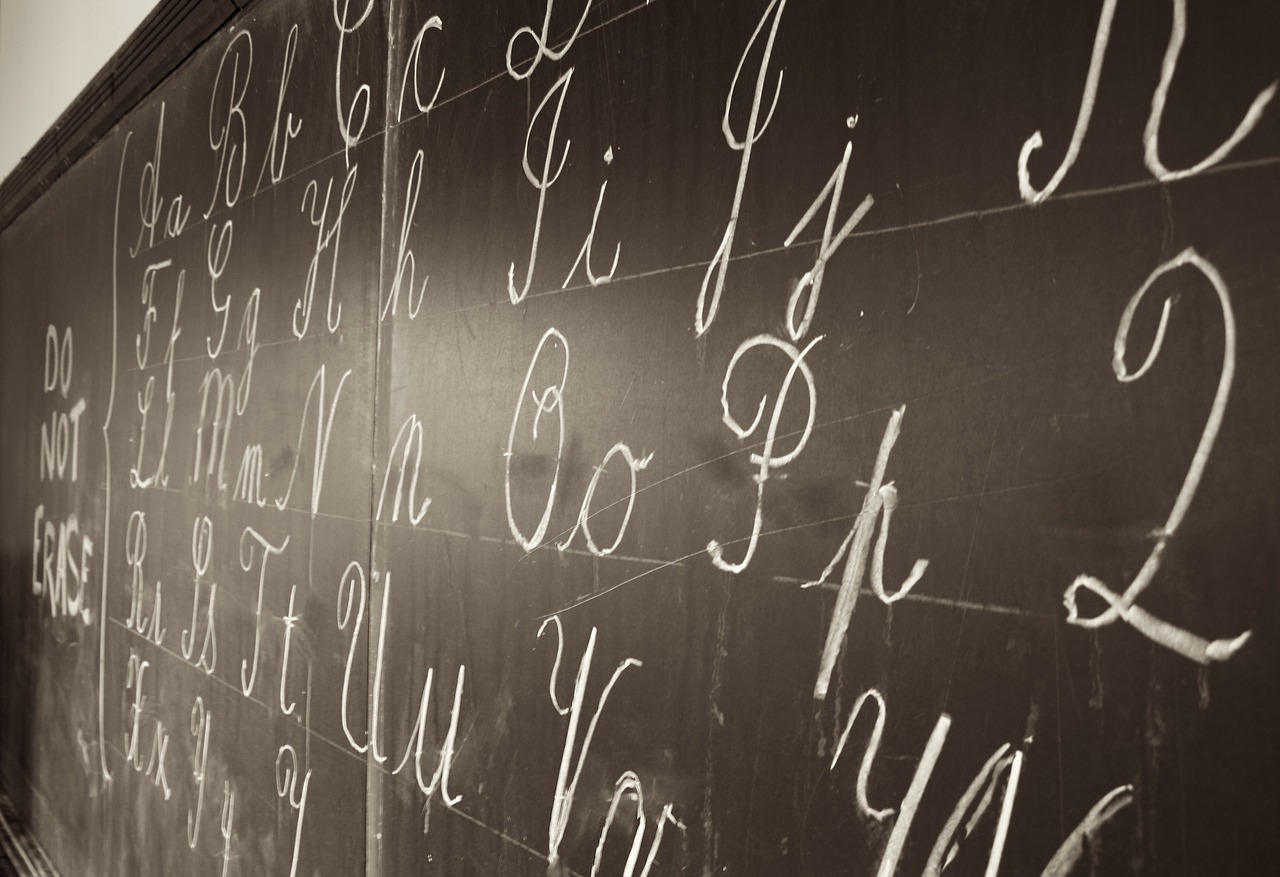
Vocabulary:
- embrace /em-BREYS/
- revival /ri-VAHY-vuhl/
- elegance /EL-i-guhns/
- omission /oh-MISH-uhn/
- comeback /KUHM-bak/
[verb] – to accept something enthusiastically
She decided to embrace the new opportunity and pursue a career in a different field.
[noun] – the process of becoming more active or popular again
The old theater’s revival brought a renewed sense of excitement to the neighborhood, attracting larger audiences for its performances.
[noun] – the quality of being graceful, stylish, and pleasing in appearance or behavior
The handwritten letter, with its flowing script and carefully chosen words, conveyed a sense of elegance that modern communication often lacks.
[noun] – the act of not including something or someone that should have been included, or something or someone that has not been included that should have been
The newspaper article’s omission of crucial details left readers with an incomplete understanding of the situation.
[noun] – an attempt to become famous, powerful, or important again after a period of being much less famous, etc.
After years of retirement, the singer staged a remarkable comeback with a chart-topping album and sold-out concerts.
Article reading:
Experts affirm that learning cursive contributes to cognitive development, reading comprehension, and fine motor skills, among other benefits. Teachers at schools like Orangethorpe Elementary in Fullerton have already embraced cursive instruction, with educators like Pamela Keller encouraging students by highlighting the brain-boosting advantages. Despite some initial difficulty reported by students, many find joy in the elegance of cursive and the ability to decipher historical documents, like the U.S. Constitution written in 1787. The decline of cursive began with the proliferation of computer keyboards and tablets, exacerbated by the omission of cursive from the 2010 Common Core education standards. However, California’s recent move marks a comeback for cursive, making it the 22nd state to require cursive handwriting. Research indicates that cursive promotes distinct neural networks and enhances childhood development. The legislation’s sponsor, Quirk-Silva, hopes that by the time students complete sixth grade, they will be proficient in both reading and writing cursive. The return of cursive is not only about mastering a handwriting style but also about fostering essential cognitive skills in the digital age.
Discussion Questions:
- Have you encountered an equivalent to cursive handwriting in your country, or are there specific scripts considered more elegant or traditional? If yes, how are these styles taught? If not, what are your expectations or preferences for the teaching of such scripts, and how do you think it might impact your cultural understanding?
- Have you found yourself preferring digital tools or traditional pen and paper when taking notes or completing writing assignments? If yes, how does your choice influence your learning experience? If not, what writing tools do you typically prefer, and how do you believe your choice impacts your overall approach to learning?
- Do you agree that there are unique benefits to maintaining handwriting skills, particularly in the digital age?
- In your country, where cultural traditions are highly valued, do you think there’s a need to preserve and teach older forms of writing, even if they are not commonly used in daily life? Why or why not?
- Considering different writing practices worldwide, how do you think Japan’s emphasis on its writing styles aligns with or differs from trends in other countries? What could be the impact of such differences on communication and education?
Summarization
Describe:
- rekindle
- digital age
- quirk
- educator
- cognitive skill